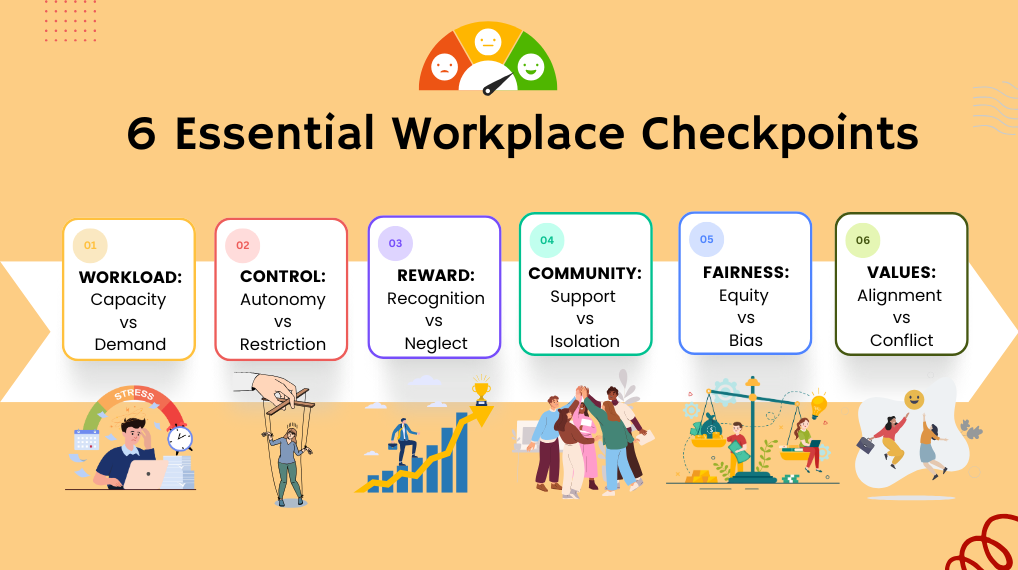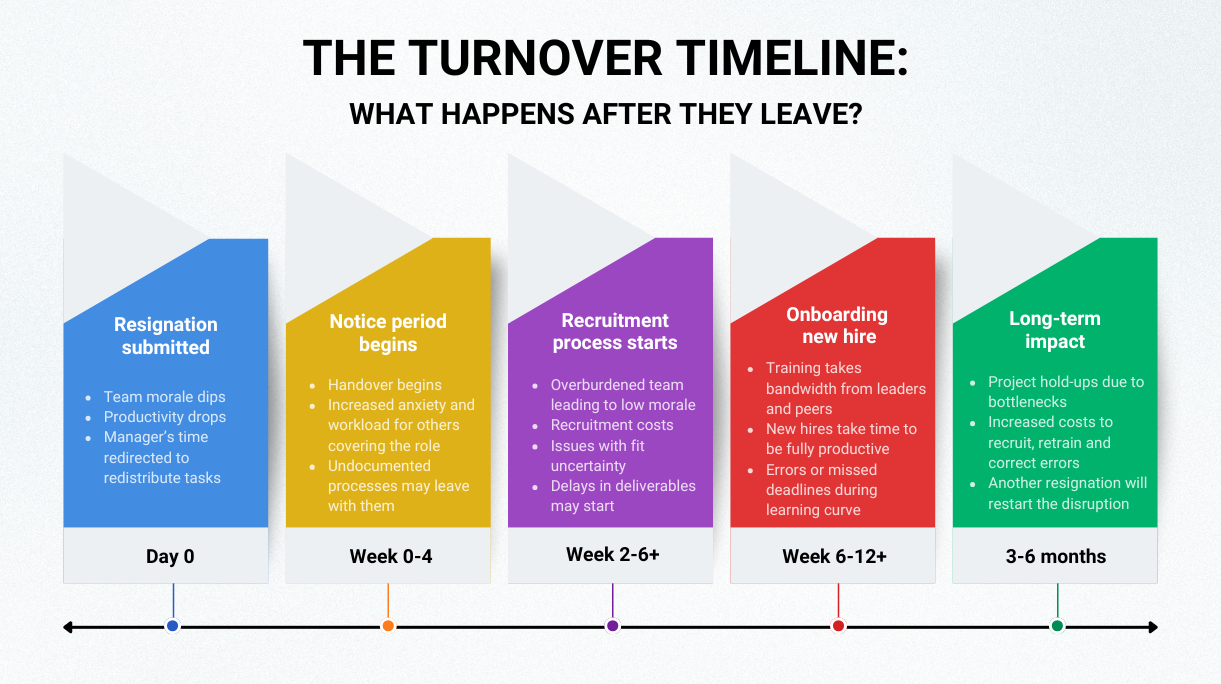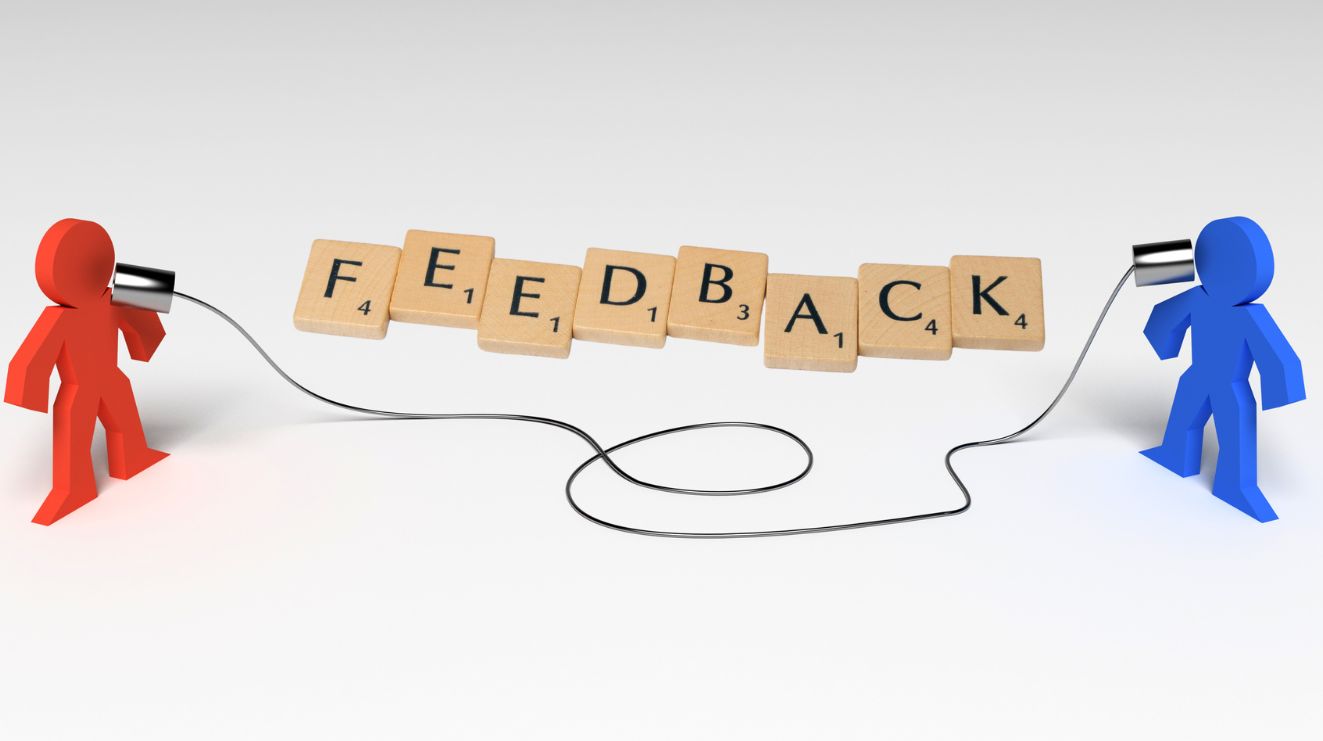Your People Are Human Capital, Not Cogs in a Machine
In our previous article “How to Rethink Innovation in an AI-Driven World?“, we highlighted how creativity, empathy and ethical reasoning remain indispensable in an increasingly automated future. This article takes that exploration even further by delving into the critical question: what happens when these vital human traits are neglected in the relentless pursuit of efficiency and profit maximisation? For many leaders, the global marketplace has reinforced a dangerous perception: that people are ultimately expendable assets.
What leaders must grasp is people are not machines. Chronic stress and overwhelm invariably result in burnout, disengagement from work, and high employee turnover. Unlike machines, people carry emotional loads, cognitive limits, and social needs. When those are ignored, performance suffers in ways that no dashboard will catch, until it’s too late. Adopting a purely mechanistic view of human capital, where individuals are seen as interchangeable production units, leads to a superficial sense of efficiency that quickly devolves into systemic dysfunction. Conversely, leadership grounded in the understanding of people as complex, adaptive, and uniquely human individuals fosters an environment that unlocks their discretionary effort, unleashes their creativity, and secures their loyalty.
We are currently witnessing the profound costs of treating people as replaceable cogs in a machine. This article exposes how pervasive stress, burnout, and brain fatigue are slowly crippling business performance from within. We hope this article serves as a call to action for leaders to prevent the escalation of employee burnout and organisational costs.
The Real MVPs of Your Company? Healthy and Happy Brains
Every business, no matter the size or industry, ultimately runs on brainpower. It’s the brains behind your business, from the leadership team, the analysts, the frontline employees, who constantly make decisions, solve problems, and drive innovation. Regardless of the technological advancements, one truth remains unchanged: your greatest asset is the human brain. Yet, many businesses still treat people as easily replaceable. This results in a workforce plagued by stress, burnout, and high turnover, each silently eroding the bottom line. For leaders focused on productivity and profit, it’s pertinent to ask: are you maximising performance or draining it?
Neuroscience and psychology offer clear answers. When employees’ brains are taxed, their output plummets. The World Health Organization and International Labour Organization estimate that depression and anxiety result in 12 billion lost workdays globally each year, costing the global economy $1 trillion. Furthermore, poor mental health often drives presenteeism (i.e., working while unwell), a phenomenon which might often cost organisations significantly more than absenteeism. Employees may show up to work but they operate in a diminished state. They are mentally fatigued, emotionally depleted, or physically run down. This could lead to lower quality work, more errors, decreased creativity, and even the spread of illness, all of which quietly erode productivity far more than a visible sick day.
Burnout is not simply a sign of laziness, it’s a neurological and psychological breakdown of a system pushed beyond its limits. While some leaders may dismiss burnout as a generational weakness or a lack of drive, the reality is far more complex and costly. Clinically, burnout is marked by three symptoms: emotional exhaustion, cynicism or detachment, and a reduced sense of accomplishment. It’s not about unwillingness, it’s about inability. Left unaddressed, it can take weeks or months to recover, with some employees never fully re-engaging. It’s tempting to label younger workers as ‘fragile’ or ‘easily overwhelmed’, but such labels often reflect a misunderstanding of shifting work values and mental health awareness. We explored this further in a previous article on generational stereotypes, you can read it here.
Why Stress is The Ultimate Brain Fog Machine
According to McKinsey Health Institute’s Global Survey, approximately one in four employees indicate they’ve experienced burnout symptoms, and it is an issue which is observed across different population groups. This means that these symptoms are not exclusive to any particular age group or gender, but rather it is a shared experience and signifies a broader systemic challenge. In the work environment, our stress response is triggered by relentless deadlines, overflowing inboxes, and the pressure to be productive all the time. Chronic stress isn’t just an unpleasant experience, neuroscience and psychology confirm it can actually rewire your brain. Prolonged exposure to stress triggers the sustained release of stress hormones like cortisol, which over time can lead to structural and functional changes.
This includes an overactivation of the amygdala, which is the brain’s emotional and threat detection system, making individuals more prone to anxiety and heightened emotional reactivity. Simultaneously, chronic stress can impair the prefrontal cortex, the area of the brain responsible for executive functions like decision-making, attention, and impulse control. Psychologically, this manifests as “brain fog,” difficulty concentrating, impaired judgment, and a reduced capacity for emotional regulation, creating a vicious cycle where the brain becomes less resilient and more vulnerable to further stress and mental health challenges. When people are stuck in survival mode, they can’t perform at their best. They struggle to concentrate, solve problems, and collaborate. This issue goes beyond personal health and it can directly undermine business output.
Identifying Burnout: 6 Essential Workplace Checkpoints
One of the most dangerous aspects of burnout is how silently it grows. Employees often internalise stress, downplay their exhaustion and continue to deliver, until they simply can’t anymore. Burnout is the result of chronic misalignment between your people and the work environment. Dr. Christina Maslach, a leading expert in occupational burnout, highlights 6 work-life dimensions that are determinants of employee exhaustion, disengagement, and turnover:

1. Workload – Unsustainable workloads and unrealistic expectations reduces cognitive capacity, leading to fatigue, mental fog, and declining performance. In contrast, a sustainable workload allows people to apply their skills, grow, and feel effective in their roles.
2. Control – Micromanagement and rigid systems undermine autonomy and leave employees feeling disengaged and disempowered. Giving employees meaningful control over their work, including decision-making, flexibility, and access to resources, is essential for motivation.
3. Reward – When rewards are insufficient, employees feel undervalued, fueling disengagement and increasing burnout risk. Consistent, meaningful recognition (both intrinsic and extrinsic) is essential for sustaining motivation and well-being.
4. Community – Workplaces marked by mistrust, unresolved conflict, or isolation significantly amplify stress. In contrast, a strong sense of community and positive social connection fosters psychological safety and supports well-being.
5. Fairness – Perceived unfairness in the workplace signals a lack of respect, erodes trust, and fosters resentment. Fairness and transparency in decisions, treatment, and resource allocation is essential for maintaining employee well-being.
6. Values – A mismatch between personal and organisational values is a direct driver of burnout. When values align, work becomes a meaningful, motivating force, thus fueling deeper engagement and commitment.
Brain Drain and Burnout is Costing Your Business More Than You Think
From an operational standpoint, burnout can quickly become a resource issue. High turnover is disruptive and it’s expensive. When stress and employee well-being deteriorates across an organisation, the effects ripple through every part of the company:
- Reduced Productivity: Stress-induced cognitive impairments slow down thinking and problem-solving. Workers take longer to complete tasks, make more errors, and find it harder to focus.
- Stifled Innovation: Creativity depends on the brain’s ability to make new connections, adapt, and think flexibly. Chronic stress narrows thinking, making teams less likely to brainstorm, experiment, or take risks.
- Increased Turnover: Burnout increases absenteeism and employee turnover, both costly for recruitment, training, and maintaining team morale.
- Poor Leadership: Leaders under chronic stress are more reactive than strategic. They may struggle with empathy, communication, and emotional regulation, leading to weaker team engagement and poorer decision-making.
- Dysfunctional Workplace Culture: A workplace culture permeated by stress reduces psychological safety and trust. Collaboration suffers, and teams become fragmented.
Employee turnover comes with substantial and often underestimated costs. Beyond the immediate expenses of recruitment, hiring, and onboarding, businesses face deeper, long-term impacts. When someone leaves, it disrupts team cohesion, drains institutional knowledge, and lowers productivity as others have to absorb the extra workload. Team morale can drop, triggering further departures and compounding the cycle. Over time, such repeated turnover destabilises operations, delays projects, strains resources, and undermines a company’s ability to innovate, maintain quality, and grow sustainably.

Likewise, it’s crucial to acknowledge that leaders themselves are not immune to the insidious effects of chronic stress and burnout. The immense pressures of decision-making, managing complex teams, navigating market volatility, and bearing the weight of organisational outcomes, place them at a heightened risk. This constant demand can lead to the same neurobiological changes seen in other employees: impaired cognitive function, reduced emotional regulation, and a diminished capacity for empathy. Burned-out leaders may exhibit poor judgment, become less adaptable, struggle with innovative thinking, and inadvertently foster a toxic work culture through their own stress responses. A leader driven to their limits cannot effectively manage an organisation, hence, their overall well-being becomes a critical determinant of business success.
How To Keep Your Team Sharp and Resilient? Create a Workplace Where People Can Thrive
Leaders have a powerful opportunity to shape cultures and environments where people can thrive, unlocking productivity, creativity, and resilience.
Here are a few practical strategies for cultivating a resilient and thriving workplace:
1. Encourage Movement Throughout the Day
Leaders can significantly boost employee well-being and cognitive function by proactively integrating physical activity both during and beyond the workday. This involves promoting “walking meetings,” encouraging short stretch breaks, or providing standing desk options to foster movement within the office. Beyond work hours, organisations can also subsidise gym memberships, organise team fitness challenges and offer educational resources on healthy lifestyles. By modelling these behaviors and creating space for such healthy practices, leaders empower employees to prioritise physical activity, which leads to improved mood, enhanced focus, and greater overall productivity.
2. Normalise Rest and Taking Breaks
Leaders should normalise rest and encourage short breaks throughout the workday to safeguard employee well-being and optimise brain function. These brief periods of disconnection, whether for mindfulness, deep breathing, or simply stepping away, are crucial for reducing cortisol levels and allowing the brain to recover. By visibly modeling these behaviors and actively creating a culture where employees feel safe and encouraged to take breaks, leaders directly contribute to a more focused, resilient, and productive workforce.
3. Adopting a “Right-Time” Culture: Respect Employee Off-Hours
Leaders should actively foster a “right-time” culture by respecting employee off-hours and establishing healthy work boundaries. The pervasive “always-on” expectation fuels chronic stress, preventing the brain from recovering and replenishing its resources. By implementing clear guidelines, such as discouraging after-hours emails or designating meeting-free afternoons, leaders enable employees to truly disconnect, allowing their brains to rest, which in turn enhances focus, creativity, and overall productivity during designated work periods.
4. Foster Psychological Safety
When employees feel safe to speak up, make mistakes, and share ideas without fear of judgment, it fosters trust and cortisol levels drop, allowing for optimal cognitive function, creativity, and problem-solving. Leaders who prioritise empathy, active listening, and clear communication are instrumental in building this foundation, creating healthier work environments where individuals are empowered to contribute their best without the constant threat of reprisal.
5. Invest in Employee Well-being
Beyond traditional health benefits, a holistic approach to well-being should be encouraged such as having healthy eating initiatives, stress management workshops, team-building activities, mandatory time off policies or providing access to mental health professionals. When employees feel supported, respected, and aligned with their work, their cognitive functions are optimised, leading to enhanced productivity, innovation, and decision-making.
Conclusion: It’s Time To Protect the Brains That Build Your Business
Trying to push human beings to their limits, neglecting their well-being, and fostering an environment of chronic stress and burnout, ultimately erodes the very foundations of productivity and innovation. Leaders must shift from a mechanistic mindset to one that prioritises empathy, fosters psychological safety, and understands the intricate workings of the human brain. At the end of the day, efficiency at the cost of empathy is detrimental for the entire organisation. It may deliver fleeting gains, but it inevitably leads to disengagement, talent drain, and a loss of discretionary effort. The future belongs to organisations that value their people as human beings, which can unlock unparalleled performance and build a more resilient enterprise.
Stay ahead with exclusive insights! Sign up for our mailing list and never miss an article. Be the first to discover inspiring stories, valuable insights and expert tips – straight to your inbox!




